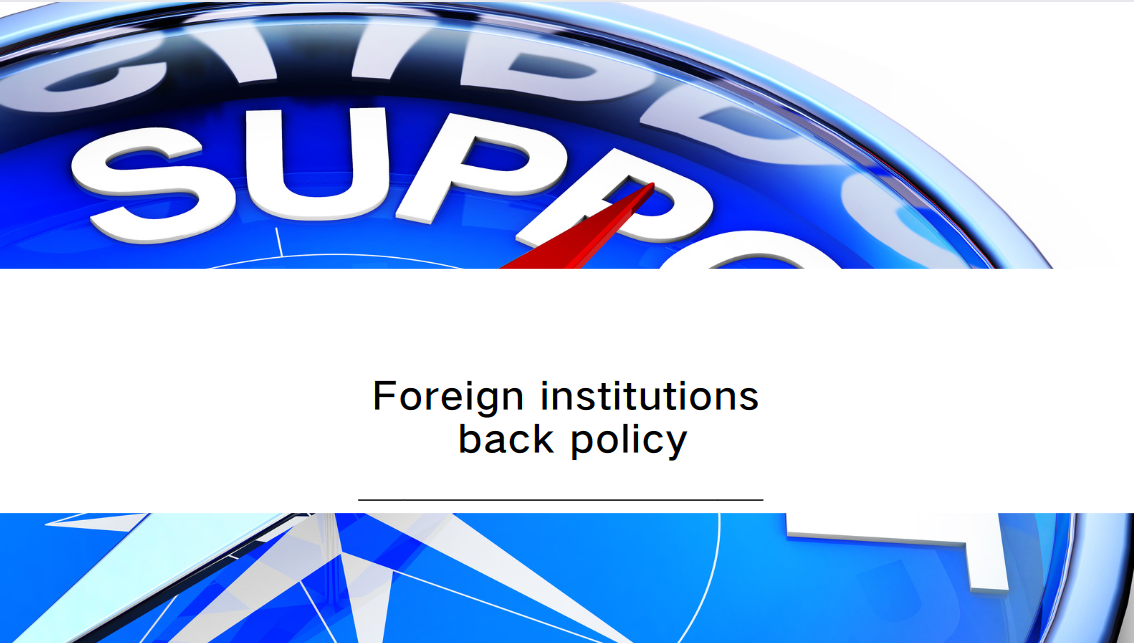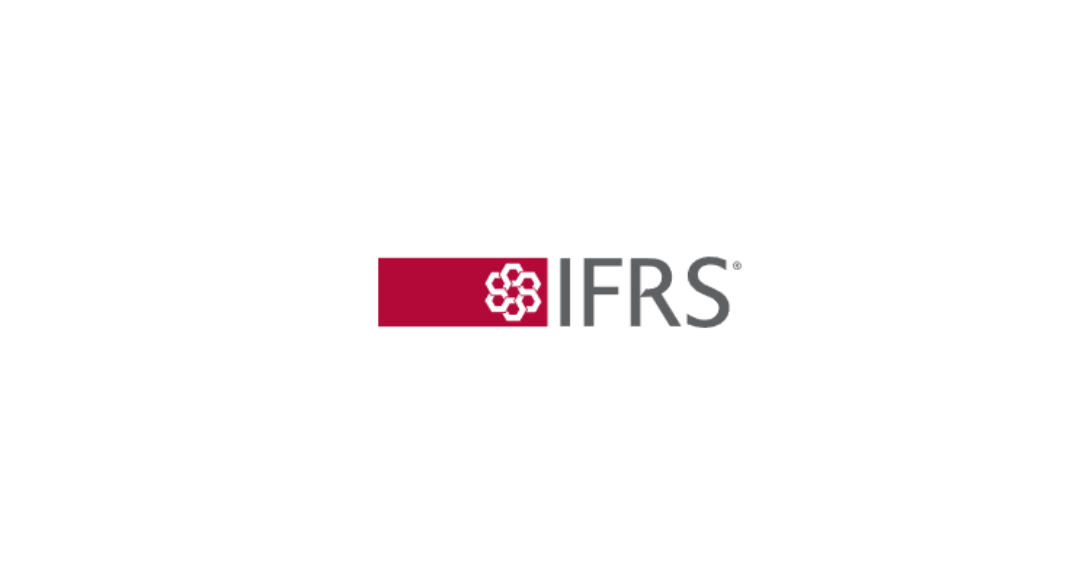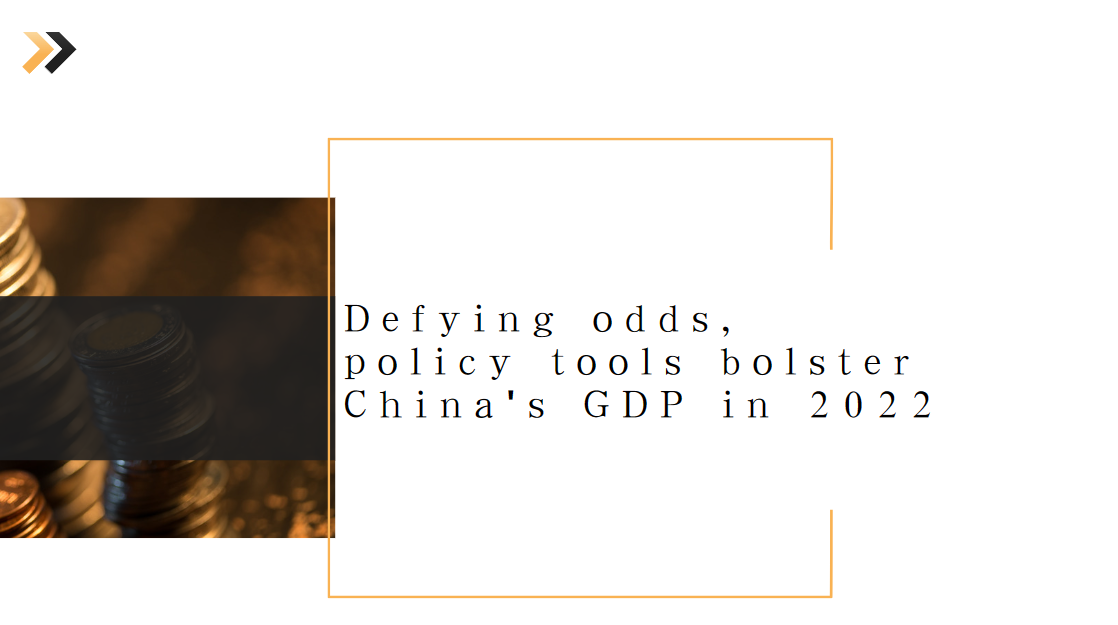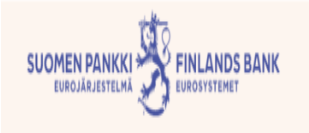Asymmetric effects of conventional and unconventional monetary policy when rates are low
Download ↓
Abstract
Finlands Bank study asymmetric inflation effects of both conventional and unconventional monetary policy in the euro area during the period of low nominal interest rates. We find that rate cuts are inflationary also during low interest rates. Positive quantitative easing surprises have a deflationary effect, but negative quantitative easing surprises have no inflationary effects. This result may be explained by information effects. The effect of monetary policy depends on the size of policy surprise and is lower during recessions than during booms. We also provide evidence that interest rate policy, forward guidance and quantitative easing are complementary to one another.
1. Introduction
The effectiveness of monetary policy can be assessed by studying how the economy responds to a monetary policy shock. In standard theory models, the responses are symmetric for contractionary and expansionary shocks. However, as first documented by Cover (1992), contractionary monetary policy shocks may have stronger effects than expansionary shocks. As suggested by the theory of reversal interest rate, this sign asymmetry may be especially pronounced during low or negative nominal interest rates (Ulate, 2021; Abadi, Brunnermeier and Koby, 2022).
In this paper, we study possible asymmetric effects of both conventional and unconventional monetary policy when nominal interest rates are low. Our focus is on the sign asymmetry, but we also consider other asymmetries and nonlinearities found in the literature.
Our results broaden the evidence of asymmetric effects of monetary policy by considering different policy instruments and interest rate regimes and hence shed further light on the earlier findings in the literature. We contribute to the literature in the following ways. First, using the state-of-the-art methodology by Altavilla et al. (2019) for the euro area, we find that policy rate cuts are inflationary both during normal times and during low interest rates. We find little support for asymmetric effect on inflation of conventional monetary policy. This result may be seen as somewhat surprising given the recent results that the effect of monetary policy through bank lending may be lower during low or negative rates (e.g. Borio and Gambacorta, 2017; Ulate, 2021). However, the evidence regarding diminished effects on bank lending is somewhat mixed and there is also contradicting evidence (see e.g. Altavilla, Burlon, Giannetti and Holton, 2022). Importantly, monetary policy may transmit to macroeconomic variables like inflation also through other channels, such as asset prices. Bubeck, Maddaloni and Peydró (2020) find that negative rates may boost risk-taking. Hence, existence of a reversal rate for bank lending would not necessarily mean that the total effect of monetary policy on inflation is reversed as monetary policy may still have intended effects on aggregate demand through other channels.
Second, we study asymmetric effects of monetary policy separately for different monetary policy tools, which has not been done in the earlier literature, and show that the asymmetric effects may vary across policy tools. Regarding forward guidance – policies aiming to affect medium-term interest rates – the effects are stronger in response to expansionary monetary policy shocks. Regarding quantitative easing (QE), and contrary to expectations, positive QE surprises have deflationary effects while negative QE surprises have no effect on inflation. The result may be explained by information effects of QE policy surprises: central banks may give information about the state of the economy simultaneously with monetary policy surprises (e.g. Jarociński and Karadi, 2020).
Third, in addition to sign asymmetry, we study how the magnitude of the effect on inflation of monetary policy is related to the size of the policy shock and the phase of the business cycle. We find some evidence that large policy shocks are more effective than small policy shocks (cf. Ascari and Haber 2022). However, there seems to be variation across different types of monetary policy tools. Regarding the business cycle, we find that monetary policy is less effective in recessions and more effective in booms. The result holds also in a longer sample that covers years before the financial crisis. Garcia and Schaller (2002) and Lo and Piger (2005) find an opposite result while Tenroyro and Thwaites (2016) find results similar to ours.
Finally, we find some evidence of complementarities between QE, conventional monetary policy, and forward guidance policies as suggested by Rostagno et al. (2019).
Our results may be of interest to many central banks who plan to shrink their balance sheets in the future. For example, the results regarding QE and its complementarities may have implications for quantitative tightening as well.
The remainder of the paper is as follows. Section 2 reviews the earlier literature. Section 3 represents our data and methodology. Section 4 shows our results. Section 5 discusses about the role of information effects. Section 6 concludes.






















































First, please LoginComment After ~